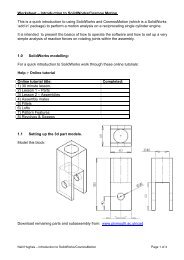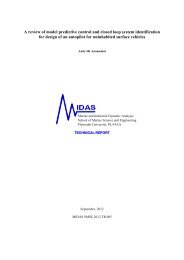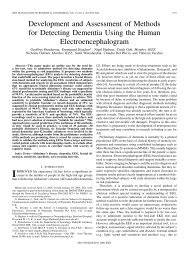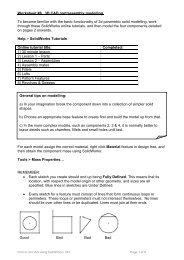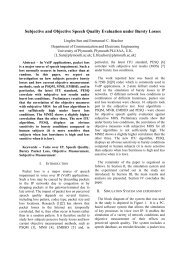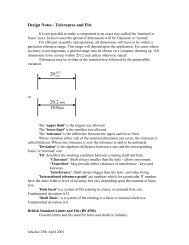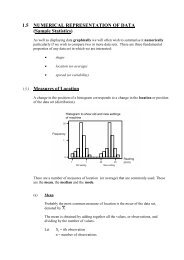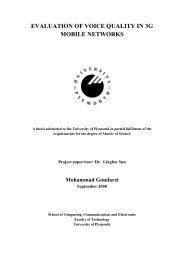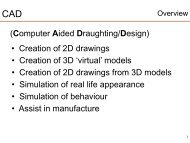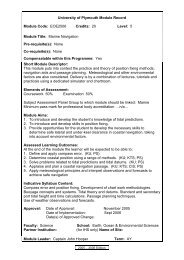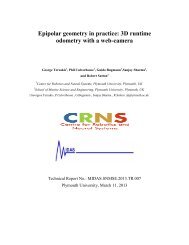Designing an Anaphora Resolution Algorithm for Route Instructions
Designing an Anaphora Resolution Algorithm for Route Instructions
Designing an Anaphora Resolution Algorithm for Route Instructions
Create successful ePaper yourself
Turn your PDF publications into a flip-book with our unique Google optimized e-Paper software.
discourse deictic <strong>an</strong>aphors Precision was 63.6% <strong>an</strong>d Recall 70%. One of the most<br />
common classification errors was that discourse deictic or vague <strong>an</strong>aphors were<br />
classified as individuals because there was <strong>an</strong> individual <strong>an</strong>tecedent available.<br />
2.3.3 The PHORA-<strong>Algorithm</strong><br />
In this section, I will describe the PHORA-algorithm developed by Byron (2002)<br />
which uses salience calculations as criteria to resolve individual <strong>an</strong>aphors but which<br />
also takes adv<strong>an</strong>tage of the sem<strong>an</strong>tic constraints on the <strong>an</strong>tecedents given by the<br />
predicative context of the <strong>an</strong>aphor. As discourse deictic <strong>an</strong>aphors usually refer to less<br />
salient abstract entities, sem<strong>an</strong>tic constraints c<strong>an</strong> be used to find their referents. Byron<br />
makes use of the observation that pronouns which do not refer to the most salient<br />
item are typically constrained by their context <strong>an</strong>d that they constrain the <strong>an</strong>aphor to<br />
be incompatible with the more salient referent while indicating the intended referent.<br />
Taking sem<strong>an</strong>tic constraints into account is useful <strong>for</strong> pronoun resolution algorithms<br />
in order to identify the referent of discourse deictic <strong>an</strong>aphors. This task is generally<br />
judged as being difficult <strong>an</strong>d excluded from most of the pronoun resolution studies<br />
until now.<br />
Following Webber (1991) who suggests that each discourse unit (context) has<br />
a ‘pseudo-DE’ that ‘st<strong>an</strong>ds proxy’ <strong>for</strong> its propositional context, the first action of the<br />
algorithm is to build up the discourse entities <strong>an</strong>d the discourse proxies <strong>for</strong> the actual<br />
discourse unit (DU n ). To resolve a pronoun in the following discourse unit (DU n+1 ),<br />
the algorithm firstly calculates the most general sem<strong>an</strong>tic type (T) that satisfies the<br />
constraints of the predicative context of the pronoun. Then, the algorithm checks the<br />
discourse entities in salience order to find a referent that matches the features of the<br />
pronoun. Depending on the type of <strong>an</strong>aphor (either personal or demonstrative<br />
pronoun) the algorithm uses different search orders. Finally, each discourse entity is<br />
tested with respect to the type constraint. Every entity that matches the type constraint<br />
of the <strong>an</strong>aphor (i.e. it either has the same sem<strong>an</strong>tic type as the <strong>an</strong>aphor or it is a<br />
subtype of it) is a possible referent. In general, there is only one possible referent left<br />
after testing the discourse entities.<br />
18



